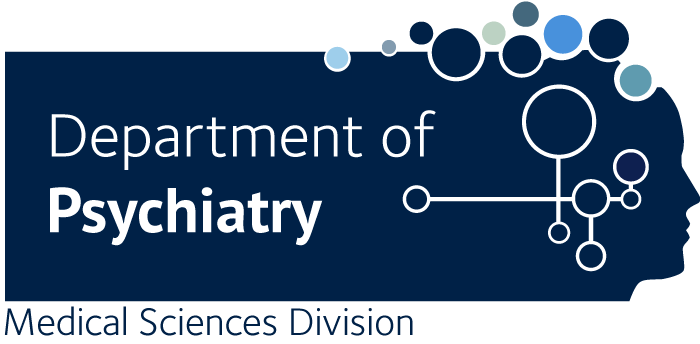Longitudinal brain age prediction and cognitive function after stroke.
Aamodt EB., Alnæs D., de Lange A-MG., Aam S., Schellhorn T., Saltvedt I., Beyer MK., Westlye LT.
Advanced age is associated with post-stroke cognitive decline. Machine learning based on brain scans can be used to estimate brain age of patients, and the corresponding difference from chronological age, the brain age gap (BAG), has been investigated in a range of clinical conditions, yet not thoroughly in post-stroke neurocognitive disorder (NCD). We aimed to investigate the association between BAG and post-stroke NCD over time. Lower BAG (younger appearing brain compared to chronological age) was found associated with lower risk of post-stroke NCD up to 36 months after stroke, even among those showing no evidence of impairments 3 months after hospital admission. For patients with no NCD at baseline, survival analysis suggested that higher baseline BAG was associated with higher risk of post-stroke NCD at 18 and 36 months. In conclusion, a younger appearing brain is associated with a lower risk of post-stroke NCD.

